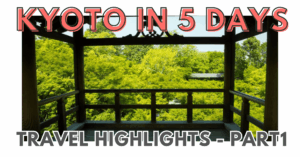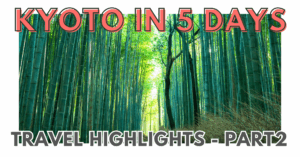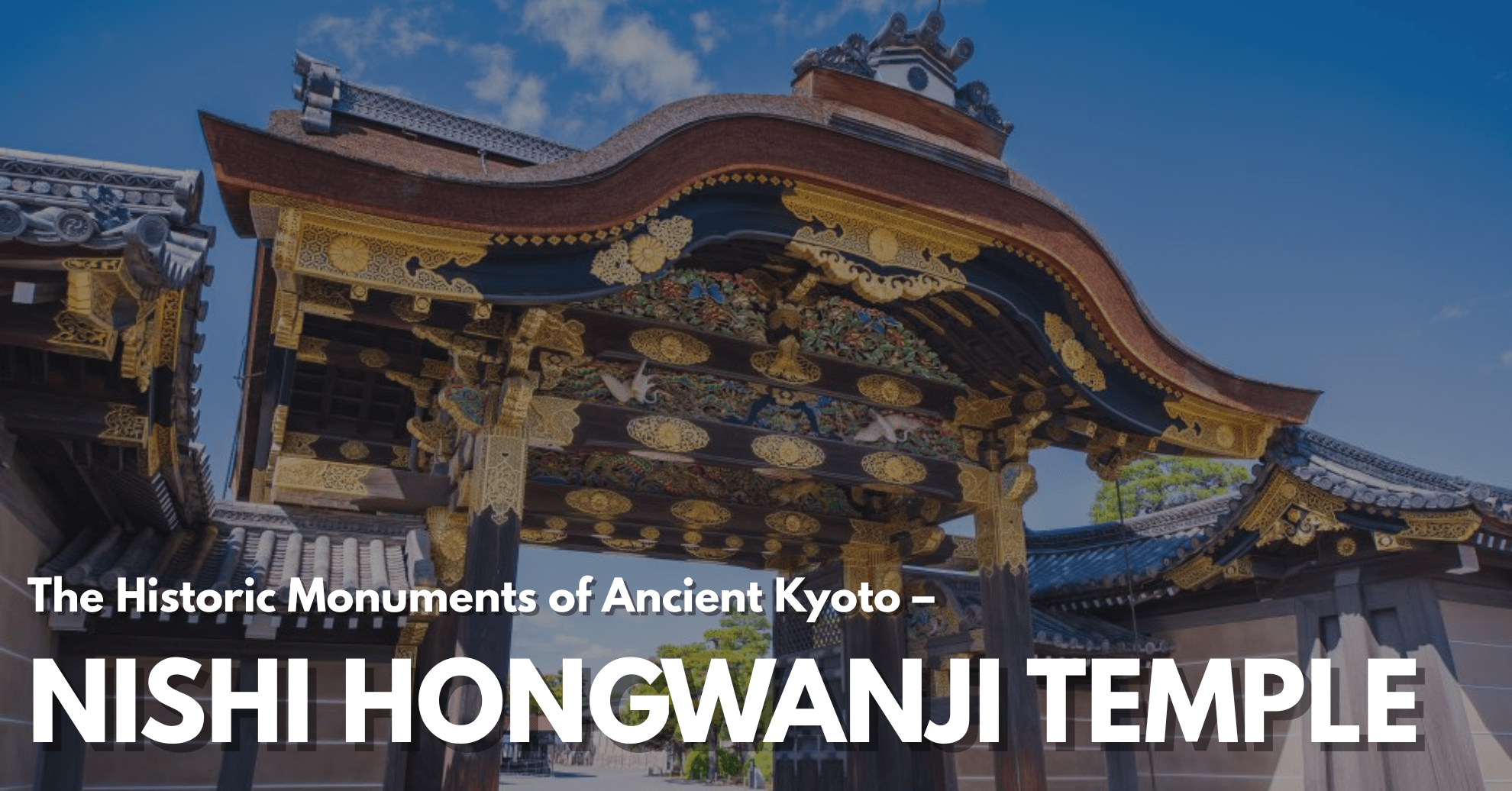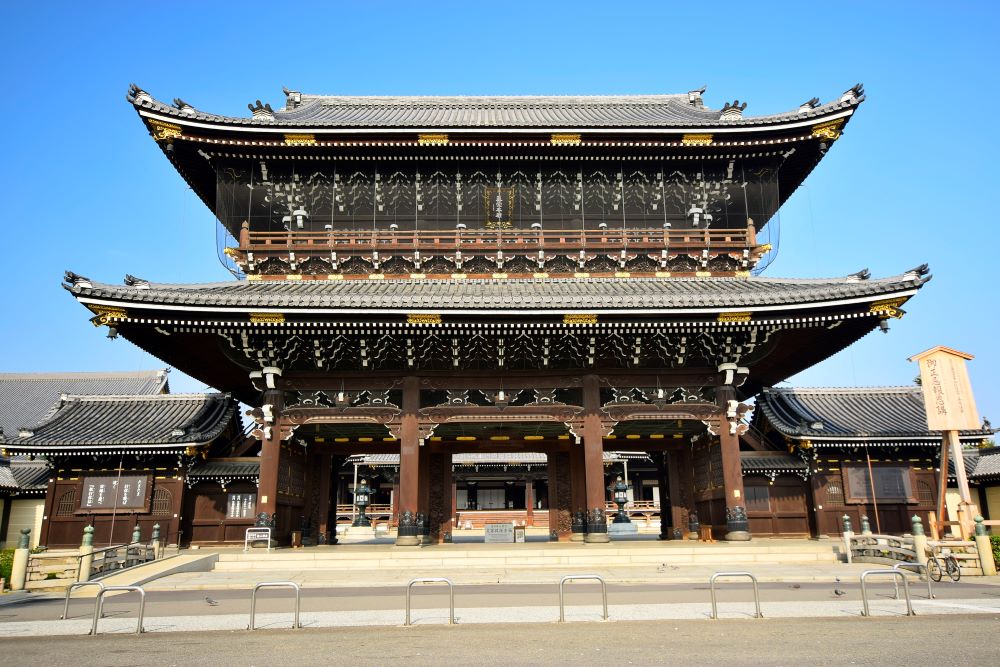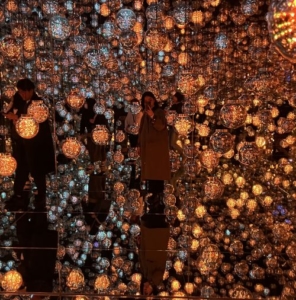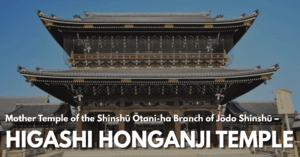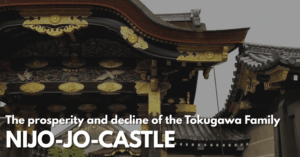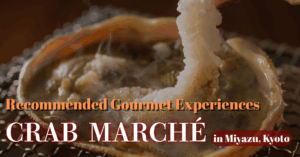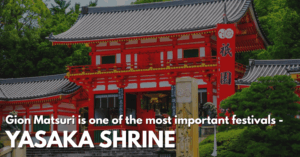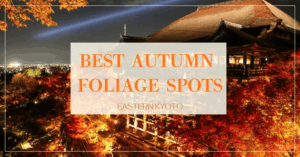Nishi Hongwanji, one of Kyoto’s most prominent temples, is located just a 10-minute drive or bus ride from Kyoto Station, making it easily accessible for tourists. Despite its popularity among visitors, the temple is also affectionately known as “O-Nishi-san” by locals and has long been a place of deep reverence.
In this article, we’ll cover the highlights of Nishi Hongwanji, how it differs from Higashi Hongwanji, how to access it, and what to see nearby. We’ll also touch on the differences between Jōdo Shinshū (the temple’s sect) and other schools of Buddhism—so be sure to read this before your visit.
What is Nishi Hongwanji?
Officially named Ryukoku-zan Hongwanji, Nishi Hongwanji is the head temple of the Jōdo Shinshū Hongwanji-ha sect, founded by Shinran Shonin. While it shares the same doctrinal roots as Higashi Hongwanji (Shinshū Ōtani-ha), the two differ in aspects such as ceremonial schedules and the placement of the Amida Hall and Founder’s Hall.
Nishi Hongwanji houses numerous historical and religious treasures, including handwritten texts and portraits by Shinran himself, and has been designated a UNESCO World Heritage Site due to its cultural significance.
What is Jōdo Shinshū? How is it different from other forms of Buddhism?
Japanese Buddhism comprises 13 major schools, including Shingon, Zen (Sōtō), and Jōdo Shinshū. Among them, Jōdo Shinshū has the largest number of followers in Japan.
Within Jōdo Shinshū, there are over 10 sects. The most prominent are the Shinshū Ōtani-ha (based at Higashi Hongwanji) and the Hongwanji-ha (based at Nishi Hongwanji). Although this may seem confusing, it’s similar to how Christianity has various denominations, such as Catholicism and Protestantism. These divisions arose over time due to historical and political developments.
Highlights of Nishi Hongwanji

The Founder’s Hall (Goei-dō), which enshrines a statue of Shinran Shonin, is richly decorated with gold leaf, intricate wood carvings, and vibrant wall paintings. Its grandeur evokes a heavenly realm and is a must-see for visitors.
Another highlight is the Karamon Gate, a stunning example of Momoyama-period architecture, featuring black lacquered wood and lavish carvings of peonies and mythical Chinese lions. Its beauty is so captivating that people have been known to lose track of time while gazing at it—hence the nickname “Higurashi-mon” or “Twilight Gate.”
Also worth noting is the Hiun-kaku Pavilion, an asymmetrical yet harmonious structure whose light pillars and paper sliding doors are said to resemble a floating cloud, giving the pavilion its name.
Recommended visit duration: 1–2 hours.
Home to a Giant Ginkgo Tree
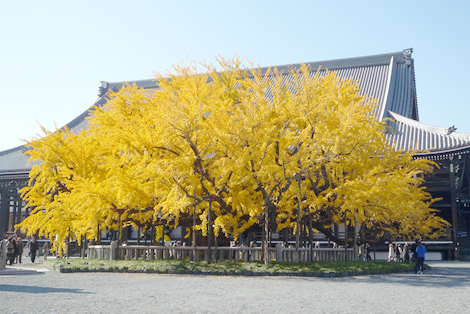
While Kyoto is famous for its autumn foliage, Nishi Hongwanji is home to a particularly large ginkgo tree, designated a natural monument. Its wide-reaching branches resemble roots, earning it the nickname “Upside-Down Ginkgo.”
According to legend, during a fire at the temple, water gushed from this tree and helped extinguish the flames. Because of this story, it’s also known as the “Water-Spouting Ginkgo.” When its golden leaves are in full bloom, the sight is nothing short of breathtaking.

How to Get to Nishi Hongwanji
From JR Kyoto Station, Nishi Hongwanji is about a 17-minute walk, but taking a bus is the more convenient option.
From Kyoto Station Bus Terminal, take Kyoto City Bus routes 9, 28, or 75 and get off at Nishi Hongwanji-mae.
Another option is to take Keihan Bus routes 311 or 312 from Kyoto Station’s Hachijo Exit and get off at Nishi Hongwanji.
| Nishi Hongwanji Address: Hongwanji-monzencho, Shimogyo Ward, Kyoto Tel: 075-371-5181 Hours: 5:30–17:00 Website: https://www.hongwanji.kyoto/ |
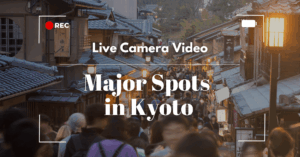
Attractions Near Nishi Hongwanji
